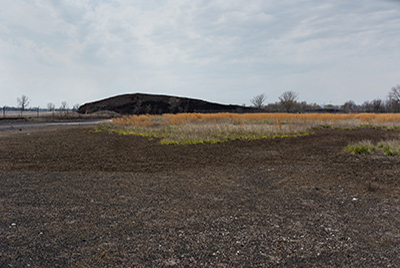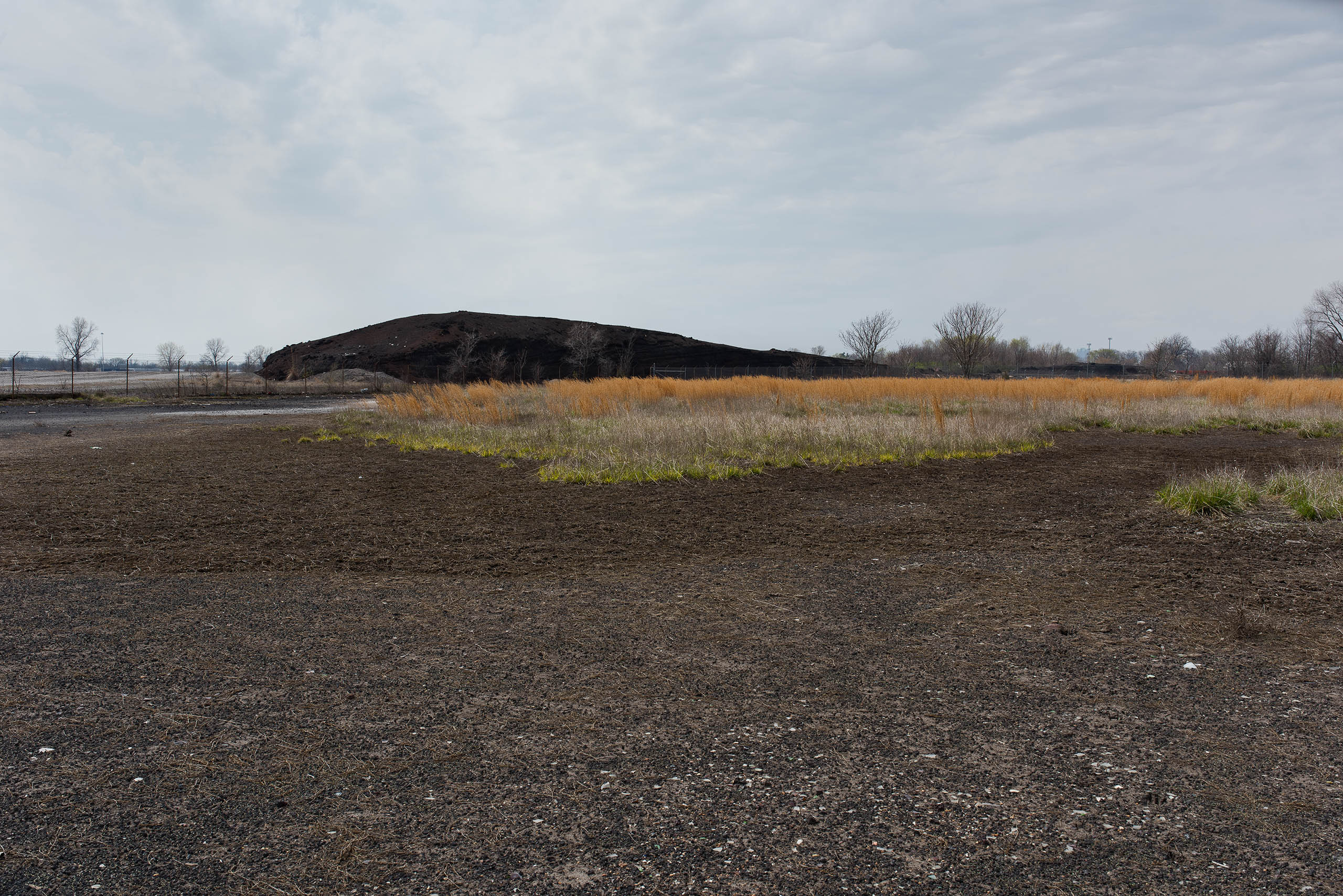



Old American Zinc operated its primary zinc smelter facility on the site from 1912 until 1967, when it was courted by the entrepreneurial industrial municipality of Sauget and moved its operations there. This lead-laden heap sits surrounded by the community of Fairmont City—a community once reliant on the plant for employment. In one of the more penetrating social narratives of recent American Bottom history, following a prolonged strike at the plant in 1918, American Zinc looked beyond the borders of the United States for a culturally-homogeneous workforce in what Andrew Theising has described as a ”social experiment” in factory management. Looking to break the strike, American Zinc imported workers from Mexico, thinking that by sourcing workers en masse, the company would be more likely to maintain its workforce. Not only was this the case, but this community has outlived its employer. Fairmont City has the highest percentage of Hispanics in the St. Louis Metro area with at least 71% of the population being of Hispanic descent—marking a pattern of migration that began in 1918 and continues today.
Beginning in 1976, after the site had sat idle for a decade, new owners began crushing the slag material to use as fill and leveler to construct a new intermodal operation on the site. Based on a US Environmental Protection Agency (EPA) study, there is an average of three and a half feet of this ground slag material spread across the 90 acres of the site. Additionally, and tragically, this material was trucked off-site to be used as fill and base material for road and building projects elsewhere—leading to an unknown spread of the contaminated material into surrounding communities. With this potential cross-site contamination, the EPA officially listed the Old American Zinc plant to the Superfund National Priorities List in April 2016. They have yet to develop either a systematic or ethical abatement strategy addressing wider Fairmont City and its inhabitants.
Significant and Insignificant Mounds